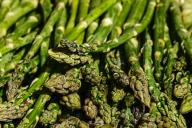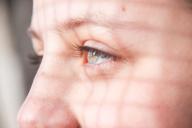Sleep apnea is a condition where a person's breathing is interrupted while they are asleep.
Symptoms include feeling breathless, fatigued, and drowsy.
It can also be related to cardiovascular problems, so it's important to diagnose the severity of the disease.
It's Quite Important
Changes in metabolism are important to determining how severe the disease is.
Researchers have found that sweat samples can be a less invasive and more accessible alternative.

Sweat Can Help
By analyzing sweat samples, researchers can determine the stage of the disease a patient is in.
Sweat is a clean and non-invasive sample that is easier to analyze compared to blood.
In a study, sweat samples were collected before and after sleep from people with sleep apnea at different stages, as well as from a control group without apnea.
How It Was Studied
Using advanced techniques, researchers identified over 70 metabolites in the sweat samples and studied their changes, which were mostly related to energy production and oxidative stress.
The results showed that changes in sweat metabolism indicated alterations during sleep, leading to decreased energy production and increased oxidative stress.
By tracking the development of the disease using sweat samples, personalized monitoring can be done, and potential effects such as cardiovascular problems can be observed.
Why It's Vital To Know
The study also highlighted the importance of considering the oxygen desaturation index when diagnosing sleep apnea.
This index measures the severity of episodes by monitoring the decrease in oxygen saturation.
The link between the oxygen desaturation index and AHI has been confirmed, as it measures both the frequency and severity of episodes, considering oxygen saturation loss.
Previously, we talked about social media addiction.









